Understanding Form and Function
Let’s start by defining our terms. Form refers to the visual elements of a space—things like colors, shapes, textures, and overall style. It’s what gives a room its personality, its vibe. Function, on the other hand, is all about usability. It’s the practical side of design—the layout, the furniture placement, the storage solutions. Functionality ensures that a space not only looks good but also serves its purpose effectively.
The Challenge of Balancing Form and Function
Finding the perfect balance between form and function is the holy grail of interior design. It’s like walking a tightrope—lean too much towards aesthetics, and you risk sacrificing usability; focus too heavily on functionality, and you might end up with a space that lacks personality. So how do designers navigate this tricky terrain, especially when it comes to residential spaces where people actually live?
The Client-Centered Approach
One of the first steps in any residential design project is getting to know the client. What are their tastes? Their lifestyle? Their needs and preferences? A good designer listens carefully to their clients, taking the time to understand what makes them tick. After all, it’s their home—it should reflect who they are and how they live. By putting the client at the center of the design process, designers ensure that the final result feels personal and meaningful.
Strategic Space Planning
Once the designer has a clear understanding of the client’s requirements, it’s time to get down to the nitty-gritty of space planning. This is where the magic happens—the designer analyzes the layout of the space, considering factors like traffic flow, furniture placement, and spatial relationships. The goal is to create a layout that not only looks good but also makes sense functionally. It’s about maximizing every square inch of space, ensuring that it’s used efficiently and effectively.
Multipurpose Solutions
In today’s world, where space is at a premium, versatility is key. That’s where multipurpose furniture comes in handy. Think coffee tables with hidden storage, sofa beds that double as guest accommodations, or ottomans that can be used as extra seating. These clever solutions allow homeowners to make the most of their space without sacrificing style. It’s all about finding furniture and accessories that pull double duty, giving you more bang for your buck.
Strategic Storage
Storage is another essential aspect of residential design, especially in smaller homes or apartments. Clutter is the enemy of good design, so it’s crucial to have plenty of storage options to keep things neat and tidy. But storage doesn’t have to be boring—designers can get creative with built-in cabinets, floating shelves, or hidden compartments. The key is to find storage solutions that blend seamlessly with the overall design aesthetic, adding to the visual appeal of the space while keeping clutter out of sight.
Thoughtful Material Selection
The materials used in a home can have a significant impact on both its form and function. For example, in high-traffic areas like kitchens and bathrooms, designers may opt for durable, easy-to-clean materials like porcelain tile or quartz countertops. In living spaces, they might choose soft, comfortable fabrics for upholstery and rugs, creating a cozy atmosphere that invites relaxation. By selecting materials that are both beautiful and practical, designers ensure that the home not only looks good but also stands up to the rigors of daily life.
Lighting Design
Lighting is often referred to as the unsung hero of interior design, and for good reason. Well-planned lighting can completely transform a space, enhancing its beauty and functionality in equal measure. Designers use a combination of ambient, task, and accent lighting to create layers of illumination that cater to different activities and moods. Whether it’s highlighting architectural features, providing task lighting for cooking or reading, or setting the mood for a cozy night in, lighting plays a crucial role in shaping the ambiance of a home.
Embracing Technology
In today’s increasingly connected world, technology is becoming an integral part of residential design. From smart thermostats and lighting systems to voice-activated assistants and home automation hubs, there’s no shortage of tech-savvy gadgets available to homeowners. Designers can help integrate these technologies seamlessly into the home, enhancing both its functionality and convenience. Whether it’s controlling the temperature from your smartphone or adjusting the lighting with a voice command, technology can make everyday life easier and more enjoyable.
Creating Personalized Spaces
At the end of the day, the most successful residential designs are those that feel truly personalized. It’s not just about following the latest trends or replicating a design from a magazine—it’s about creating a home that reflects the unique personalities and lifestyles of the people who live there. Whether it’s incorporating cherished heirlooms, displaying favorite artwork, or choosing colors and textures that evoke happy memories, designers strive to create spaces that feel warm, welcoming, and distinctly personal.

